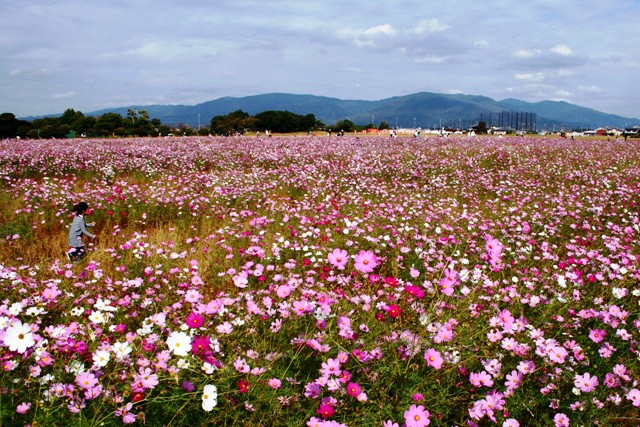It's feeling like late autumn more and more. I enjoyed walking with my family on the weekend. Our destination this time was Matsudo City in Chiba Prefecture, about 20 kilometers northeast of Tokyo. Along the riverside, we saw a "silver wave" in the field. It was the best season to view an awful lot of rabbit ears of silver grass. They changed color from green to silver, and they will then turn gold from exposure to the sun. The breeze blowing against them also created an autumn sound.
To get to this beautiful riverside, the nearest railway station is Matsudo on the JR East Joban line. We took the Joban line from Ueno terminal. Our vehicle was the EMU JR East E531 series, which was launched in 2005. The E531 series is an AC-DC dual system train with a maximum speed of 130 kilometers per hour. 460 cars in total were built by Tokyu Sharyo and the others. It's composed of 10 cars in the main sets, with 5 cars in the subsets. Two double-decker Green Cars (the first-class cars), namely Class SaRo E530 and E531, are incorporated in the main set. The gleaming stainless-steel body with dark blue-colored stripes is an outward characteristic of the E531 series.
For your information, some of the Joban line trains share the Ueno-Tokyo line track with the Tokaido line trains, carrying out the direct operation to Shinagawa Station in the southern part of Tokyo. The train operation routes in Tokyo are indeed complicated.



















